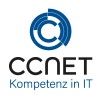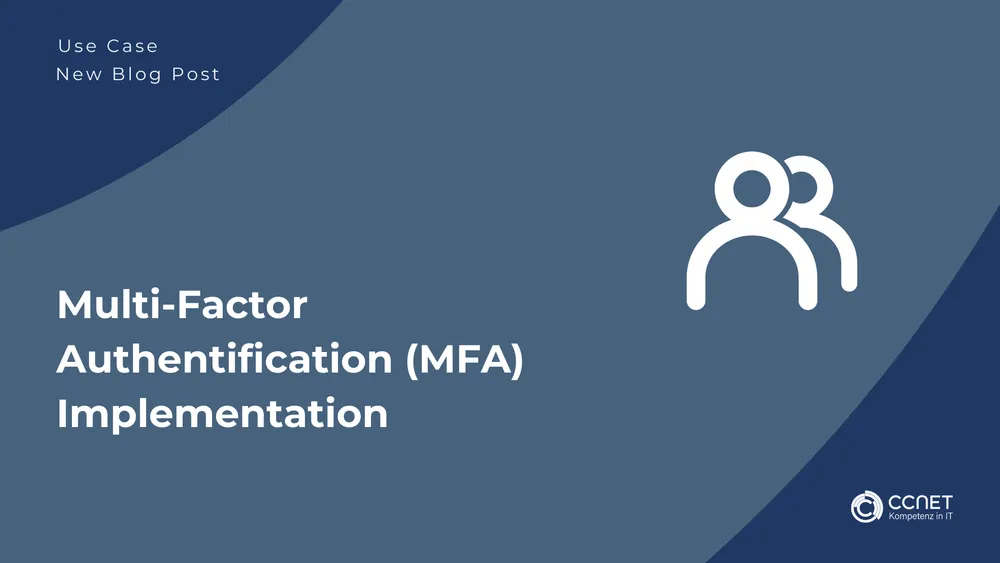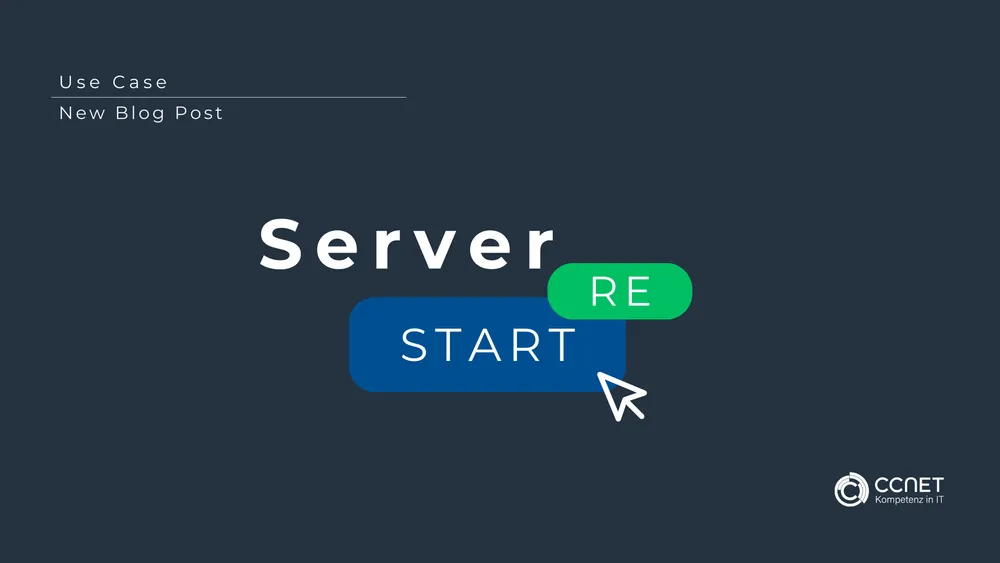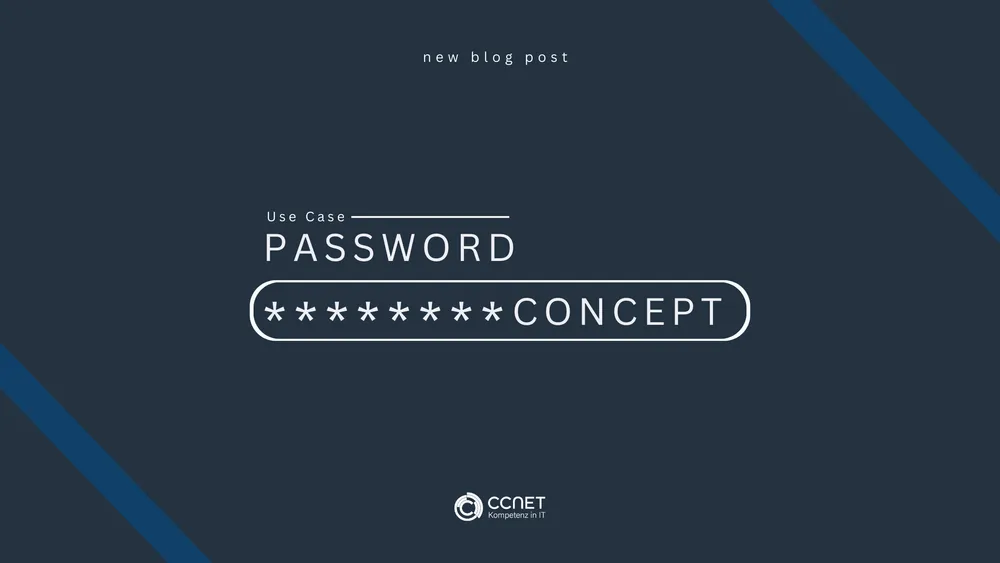
CCNet
May 20, 2024 • 2 min read

The importance of the correct system update
Context:
A company is leveraging IT Managed Services from a provider to enhance the security and efficiency of its IT infrastructure through regular system updates. The importance of these measures lies in closing potential security gaps and optimizing system performance. The company aims to create a more robust and reliable IT infrastructure that meets the constantly changing demands.
Problem Statement:
The company has not previously used IT Managed Services for system updates, despite these being urgently required by security policies. Without regular system updates, there is a risk that the IT infrastructure will become outdated and vulnerable to security risks. Currently, 64 out of 124 devices are not up-to-date with patches, which poses a high risk, especially for servers with direct internet connections. An example of this is a mail server that could be directly attacked if security vulnerabilities exist. Therefore, it is crucial for the company to implement IT Managed Services for system updates to ensure the security, performance, and reliability of the IT infrastructure.
Solution Approach:
The IT Managed Services implementation project was conducted in carefully planned steps:
1. Needs Analysis and Planning:
A thorough needs analysis was conducted to understand the company's exact requirements and goals regarding system updates. Existing vulnerabilities and security risks were identified, and the current IT infrastructure was assessed. Based on these insights, a detailed plan for the implementation of IT Managed Services was developed.
2. Selection of an Appropriate Process:
A compliant process was implemented, starting with an automated inventory of the IT infrastructure to quickly capture all IT devices in the network. Comprehensive and ISO-compliant reporting capabilities allowed the analysis to be completed within a few days. This increased efficiency and provided the foundation for further implementation, with potential gaps being identified and addressed early.
3. Implementation and Testing:
The system updates included the regular execution of software and security updates for all relevant systems and applications. Before each rollout, the updates were carefully tested to ensure they functioned smoothly and had no negative impact on business processes. An IT Managed Service Agent was installed on the necessary systems, which continuously monitored them and sent notifications to the IT Managed Services team as needed.
4. Monitoring and Continuous Improvement:
After implementation, the systems were continuously monitored to ensure that all updates worked correctly and potential security risks were identified and addressed. The update process was repeated monthly, with all updates being strictly controlled beforehand. Logging of update histories and their visibility ensured transparency. Additional measures included regular reviews of security policies, employee training, and the implementation of additional security measures. An AI supported the process by independently analyzing and resolving detected deviations.
Achieved Benefits:
The implementation of IT Managed Services for system updates brought significant benefits:
1. Increased Security:
Regular updates closed potential security gaps and reduced the risk of data loss or theft.
2. Improved Performance:
Installing current software versions and patches optimized the performance of the IT systems, leading to smoother operations.
3. More Efficient Operations:
Minimized downtime and avoided interruptions improved the company's operational efficiency and productivity.
4. Higher Compliance:
The updates helped meet industry and legal regulations and minimized liability risks.
This use case demonstrates how the company created a robust and secure IT environment through proactive IT Managed Services. The implementation ensured the security of critical data and improved overall operational security.


